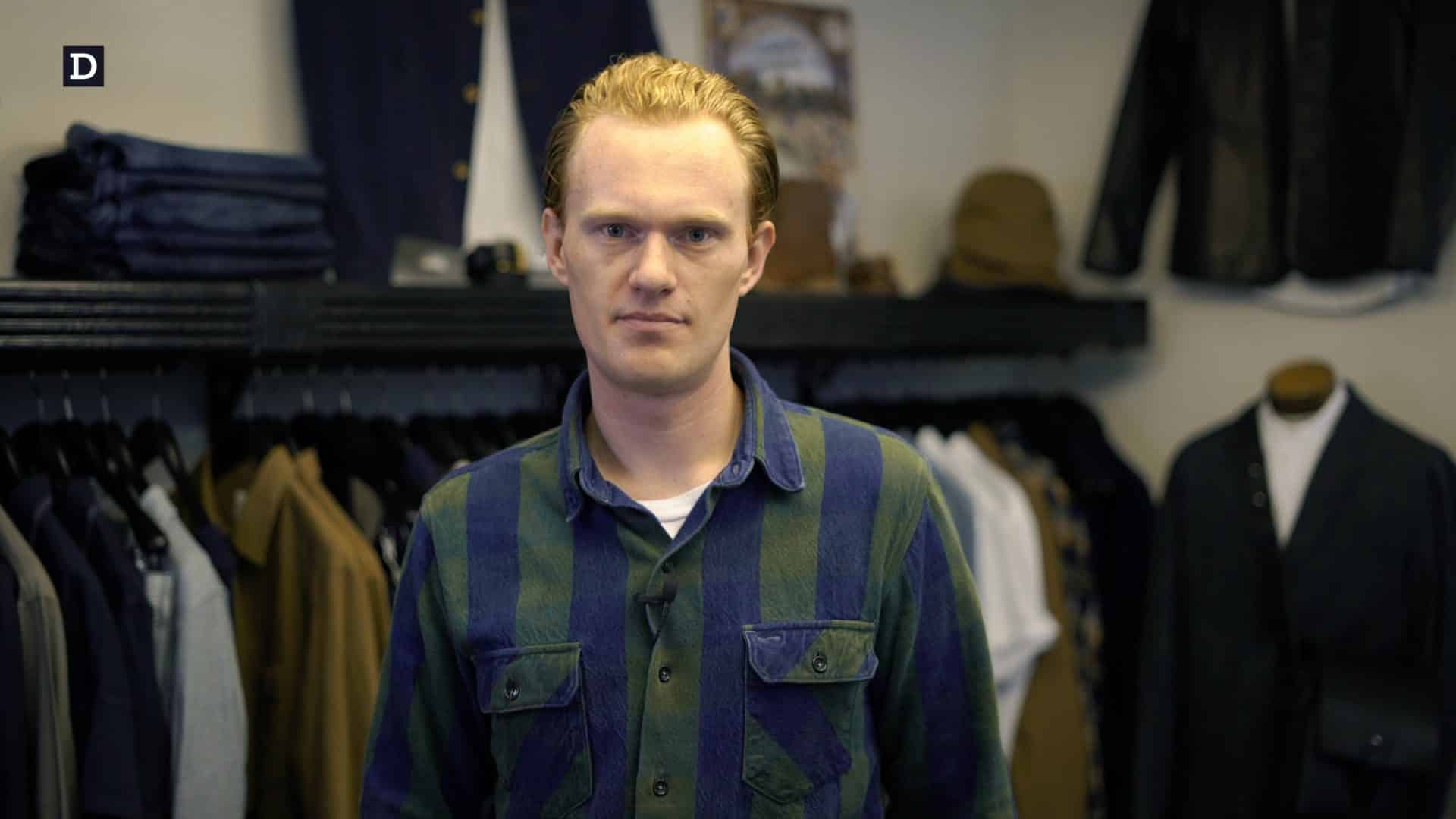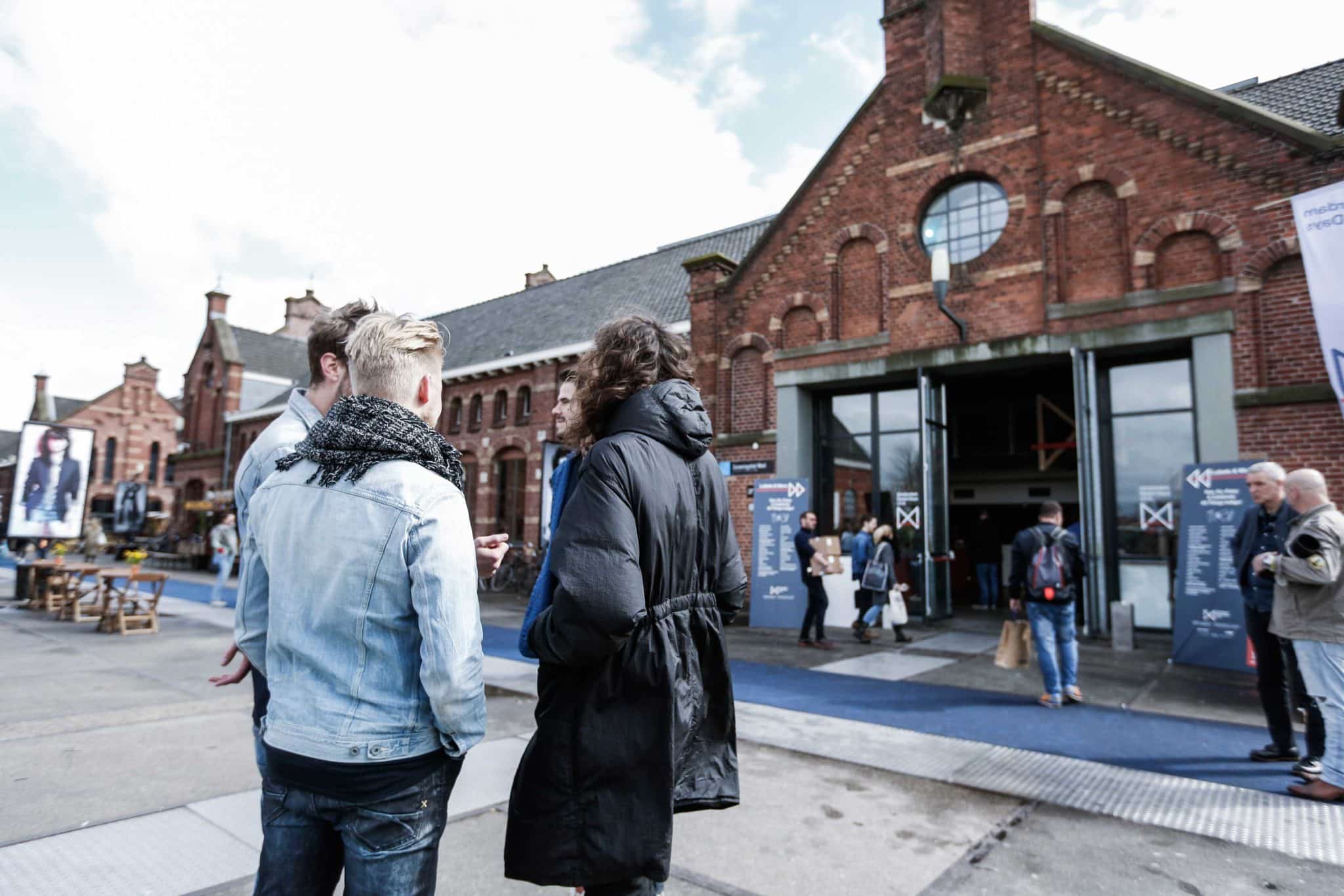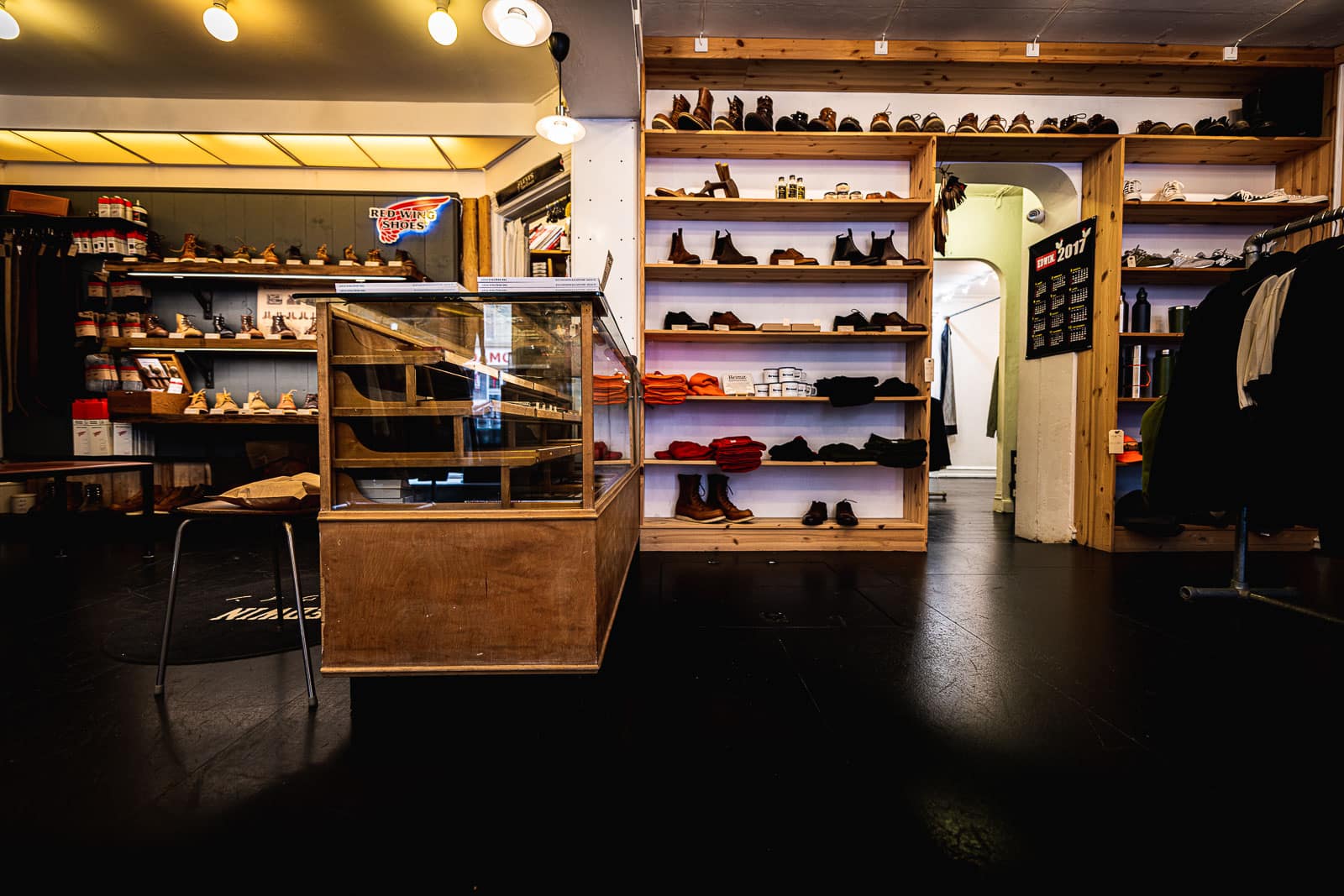Plus 3 Tips to Help You Avoid Being Fake in Your Communication
Any business needs to be profitable to survive. That’s obvious.
Still, consumers these days are sceptical about the motives and rationales of why businesses do what they do.
Consumers seem to have learned to identify whether companies’ actions are mainly motivated by prospective profits or genuine satisfaction in the work itself.
Marketing stunts or advertising campaigns don’t easily fool consumers; they want the real deal and not a sugar-coated version of a fake.
In marketing literature, this behavioural change is explained as a demand for ‘authenticity.’
I wrote the above back in 2014 in the opening of my master’s thesis. And although ‘authenticity’ is sometimes called a buzzword, I believe my observations are as valid today as they were then.
In 2007, the two influential marketing researchers, Joseph Pine and James Gilmore, who’d coined the term ‘the experience economy‘ in 1998, published the book Authenticity. Three years earlier, Pine gave this inspiring TED talk about why authenticity is what consumers really want.
How to Be Authentic?
The million dollar question is how to make your consumers feel that you’re authentic.
How do you make sure they ‘get you’? Because that’s what makes them proud to wear the jeans you’re making and selling, and it’s what makes them tell all their friends about you.
As it turns out, it all starts with the way you communicate. Whether conscious of it or not, successful businesses share a common approach to communicating who they are and what they do: they all communicate authentically.
You see, the way you communicate highly influences how your customers perceive your authenticity.
To help you communicate more authentically, I’ll share three tips that’ll help you communicate more authentically at the end of this blog post.
What Does ‘Authentic’ Even Mean?
‘Authentic’ gets thrown around a lot these days. But what does the word actually mean?
Essentially, there are two meanings of the word authentic. It can describe something that is, “not a copy.” This is the definition of the term used to describe cultural relics, art, natural resources (like diamonds). There is only one Levi’s. In this sense of the word, their garments are authentic. But this is not the kind of authentic I’m talking about.
The other meaning of authentic is, “conforming to fact and therefore worthy of belief.” This means being trustworthy, which requires that you believe in and understand what you’re communicating.
For example, if you’re selling a specific trend because it’s trending, people will likely see right through you because you won’t wholeheartedly know what you’re talking about, which makes you untrustworthy.
The Inside-Out Principle of Authentic Communication
Now, why do we think some companies and individuals communicate more authentically than others? Why do we think they’re more trustworthy based on what they’re saying?
It’s because they communicate from the inside-out, not the outside-in. And it’s because they focus on their customers and how they feel.
People don’t buy what you do, they buy why you do it,” as leadership expert Simon Sinek says.
Our perception of a company or a product is created when we feel something, not through a rational assessment of facts.
Sinek calls this ‘the Golden Circle,’ which consists of ‘why,’ ‘how’ and ‘what.’ He shared his discovery in the riveting TED talk from 2009 below, which has over 35 million views!
If you haven’t watched it before, close your email client, turn off your phone, and sit back and prepare to be inspired!
Start With the ‘Why’
In the middle is the ‘why.’
This is the purpose, the cause, the belief behind what you do. It is why your company exists. (Hint: The why is not, “to make money”; that’s a result of what you do.)
Your why is found in the reason your company was created in the first place or—if your focus has changed over the years—your most recent mission statement.
Ask yourself what problems your product solves? What desires does it fulfill? That’s what you should be communicating!
Interestingly, Sinek argues that his Golden Circle correlates to the human brain seen in a cross-section from above. At the centre of it is the limbic brain. This is where we feel. And it’s our feelings that drive behaviour.
The problem is that the limbic brain doesn’t control language. It has no understanding of facts. That’s why we talk about “gut feelings,” although our stomachs have nothing to do with our decision-making.
So, if feelings control decisions—for example about which jeans we’re buying—it’s obvious that you should be communicating in a way that will make your customers feel.
The problem is that many companies don’t know their ‘why.’

Only After ‘Why’ Comes the ‘How’
The middle layer of the Golden Circle is the how.
This is the actions you take to realise your purpose, cause or belief, which translates into the way you do what you do.
This is often what companies see as their USP. But it actually isn’t; the why is.
For a jeans maker or retailer, the how is where you will talk about how the denim of the jeans you’re selling is woven, how the jeans are sewn, and so on. It’s important that you know the how of what you’re doing because your customers want to know.
But it’s not enough to only communicate that your denim is from this and that mill; your customers want to know why you chose it.
It’s easy to just fall back to communicating the how without the why—especially if you don’t have a clear understanding of the why. The problem is that you’ll end up talking about facts and figures, which doesn’t drive behaviour.
Finally, There’s the ‘What’
The outer layer of Sinek’s Golden Circle is the what.
This is the results of those actions you take to realise your purpose, cause or belief. In other words, this is the actual product you make or sell, for example ‘Japanese selvedge jeans.’

Focus on Your Customers, Not Yourself
Now, while you inevitably have to talk about yourself when you’re communicating about your business and your products, you should focus your communication on what your product makes your customers feel. In other words, it’s about them, not you!
As I discussed above, people don’t buy jeans for the features and benefits (the how and the what), they buy jeans because these features and benefits make them feel something.
Don’t focus on what your customers want and give them a product you think will solve their problems and satisfy their desires. Focus on why they want it.
To do that, you need to know your customers. You need a to understand their problems and desires. And your communication needs to clearly show that your product can satisfy those problems and desires.
Start With the Believers
Now, it might be tempting to say that product will solve the problems of as many customers as possible. Don’t!
You’ll throw away all the good intentions of customer-focus of you try to be all things to all people. Instead, focus on those who believe what you believe.
How do you do that? Simple. You communicate from the inside-out and focus on the problems and desires of your core audience and you will naturally attract those who believe what you believe.
When you focus on those who believe what you believe, they will internalise the values of your brand, which makes them loyal.
They will make your brand part of their identity and become evangelists of what you do because they share your belief in doing it. They will wear your product as a batch of honour because it makes them feel good; because it expresses what they believe in. And they will tell everyone they know about you and your product.
On the other hand, if you’re inauthentic they’re inauthentic. And that’s probably the quickest way to lose their business and their trust.
Believers Are Trendsetters
Obviously, not every consumer out there cares deeply about the beliefs of every brand they wear. Some just want fashionable and/or affordable clothes; they buy products based on price and functionalities.
They will never be the first to try out something new. They need to have the trend or the style validated by their peers, the media and other influencers before they will try it.
These are the consumers who only recently discovered raw denim. The reason they feel comfortable wearing those uncomfortable jeans is that all us geeks have ‘tested’ the style for them.
What you have to ask yourself is whether this is the kind of consumer you’re targeting?
There is undoubtedly a great opportunity for sales volume—if you have the ‘right’ product at the ‘right’ price at the ‘right’ time—when you target this part of the market.
The problem is these customers aren’t loyal. They will probably never become ambassadors for you and your product. They are not ‘believers’ in what you do. If something better (or cheaper) comes along tomorrow, they will buy that product instead.

How I’ve Communicated Authentically
So, how to do communicate authentically? In all modesty, I believe it’s what I’ve been doing with Denimhunters since I started the blog back in 2011.
I was getting really interested in raw and selvedge denim, and the entire business around it, and I was ploughing through sites like Superfuture, Mynudies and Repeat to Fade to soak up as much information as I could.
At the time, the ‘edutainment’ of denim was becoming a thing. To be honest, I didn’t really want to be a blogger, at least not the self-centred look-at-me-and-all-the-free-stuff-I-get kind of blogger. That’s why I rarely talked about myself, but instead, I made it all about the topic of denim.
My goal was to share what I was learning about denim with other enthusiasts. I believe my honesty and the fact that I was independent and not doing it for the commercial gains resonated with a lot of people.
Today, I’m working hard to actually make Denimhunters something I can do for a living, without compromising my ‘why.’ That’s why I’m launching the Denimhunters Academy.
3 Tips to Communicate Authentically
As I promised in the beginning of this post, here are my three tips that will help you communicate more authentically:
Tip #1: (Re)define your “why”, and use it!
Think about the core purpose of your business. Then think about whether it’s explicit in what you do? Why was the company started in the place? What need does your product fulfil?
If you haven’t done so already, write this down.
Tip #2: Use your why when you communicate!
Let your “why” be the starting point of all your communication! Start with the problems and desires your product solves and satisfies.
The next time you have to communicate about your product or brand, start with the ‘why’ in mind.
Tip #3: (Re)define your ideal customer (i.e. your persona)
Add context to your customers, and think about the motivations they have for buying your product.
Create a persona for every target audience you have. Give them a name, an age, a background. Write down their interests, passions and their pain points.
This will make it much easier for you to communicate how your brand and product helps them.
Take Your Denim Knowledge To the Next Level
The Denimhunters Academy is the denim industry’s new independent on-demand online education and staff training platform.
It teaches you how to create meaningful and memorable experiences for your customers with product knowledge and storytelling.
[hide_from accesslevel=”free”]
Get access to exclusive content. Create your FREE member account today!
Ps. you’ll also be added to our email newsletter, which automatically sends you updates when new blog posts and member resources are posted.
[/hide_from]
[show_to accesslevel=”free”]
[hide_from accesslevel=”full”]
Hi [member_first_name]. You have a free member account. Need a subscription?
As a free member, you can watch the introductions of each module of the Denim 101 course to get a taste of what you’re going to learn.
To get access to the entire course, you need a subscription.
[/hide_from]
[/show_to]
[show_to accesslevel=”full”]
Hi [member_first_name]. Thank you for being a subscriber!
Your subscription gives you access to this and all the other member resources, as well as the entire the Denim 101 course!
We’re also offering freelance consulting, which you can learn more about and request here!
[/show_to]






